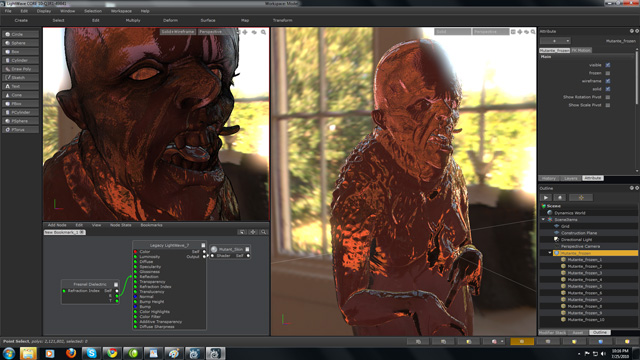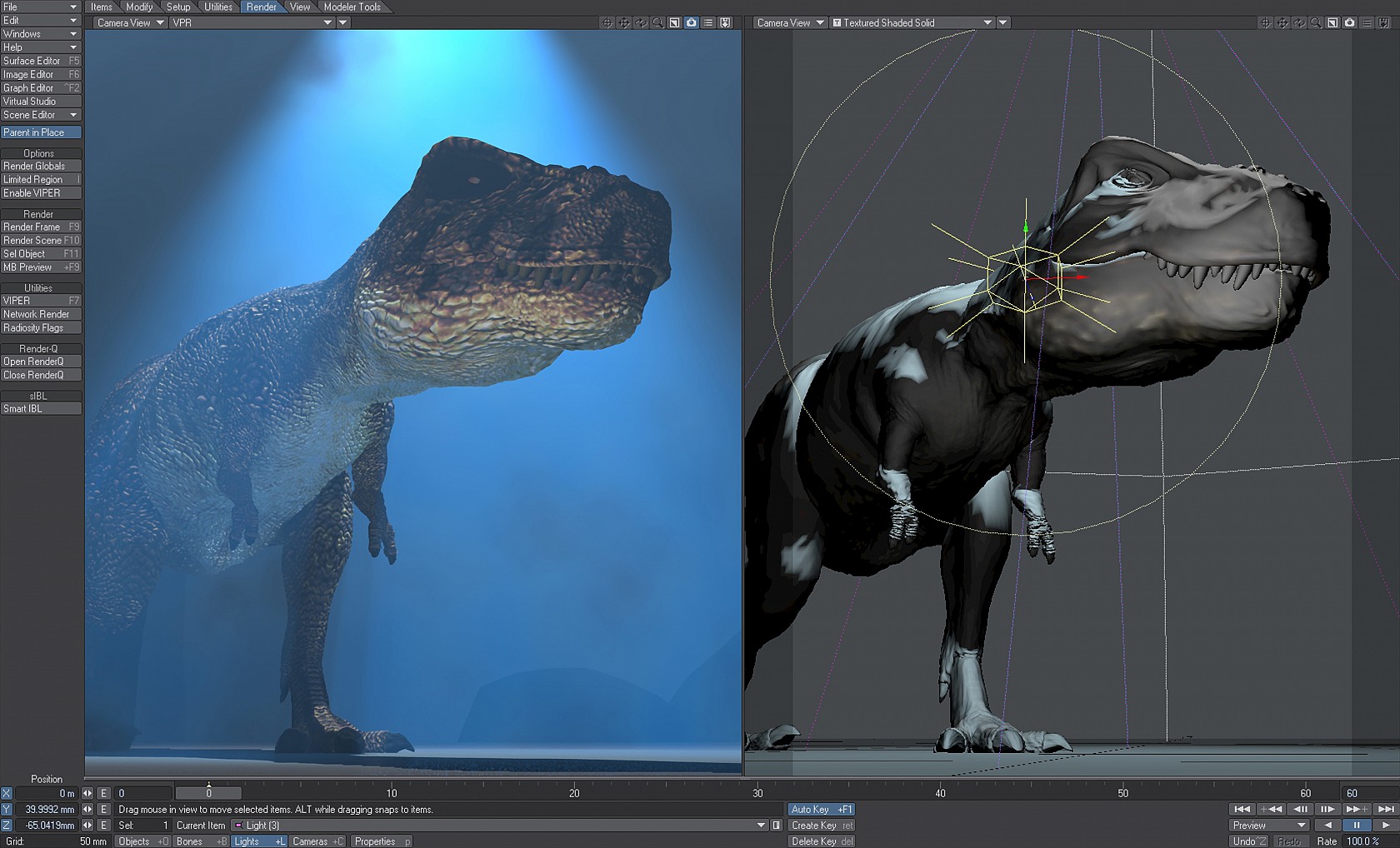

- Lightwave tutorials 2018 character how to#
- Lightwave tutorials 2018 character full#
- Lightwave tutorials 2018 character code#
- Lightwave tutorials 2018 character series#
One of the conditions is met, and not when both conditions are met.
Lightwave tutorials 2018 character full#
The above options will only work if you can use the full variableĬontent. # 10 Didelphimorphia North American Opossum 18.0 # 7 Soricomorpha Lesser short-tailed shrew 9.10 # 1 Soricomorpha Greater short-tailed shrew 14.9 This case you have to negate by adding an exclamation mark at theīeginning of your filter.

You can use the %in% operator to deselect certain groups as well, in

msleep %>%įilter(order %in% c("Didelphimorphia", "Diprotodontia"))
Lightwave tutorials 2018 character code#
The following code will just select the rows with animalsīelonging to the order of Didelphimorphia and Diprotodontia. If you want to select more than one animal you can use the %in% filter(name > "v") will just select the rows with a name in the.filter(order != "Rodentia") will select everything except the Rodentia.Similarly you can use the other operators: # 2 Didelphimorphia Thick-tailed opposum 19.4 # 1 Didelphimorphia North American Opossum 18.0 Use the = comparison operator: msleep %>% If you want to select a specific group of animals for instance you can The sample code will return all rows that are within one standardįilter(near(sleep_total, 17, tol = sd(sleep_total)))įiltering based on a exact character variable matches Return any rows where sleep_total is between 16.5 and 17.5, or you can Number: filter(near(sleep_total, 17, tol = 0.5)) for instance will Tol to indicate how far the values can be. For instance to select all animals with a total sleep timeĪnother function that can come in handy is near(), which will selectĪll code that is nearly a given value. If you want to select a range of values you can use two logical You can filter numeric variables based on their values. Filtering rows based on a numeric variable Will only see the condition argument as the dataset is piped into theįunction. In case you filter inside a pipeline, you The general syntax of filter is:įilter(dataset, condition). The function to use only specific rows isĬalled filter() in dplyr. In many cases you don’t want to include all rows in your analysis but # $ conservation "lc", NA, "nt", "lc", "domesticated", NA, "vu", N. # $ order "Carnivora", "Primates", "Rodentia", "Soricomorph. # $ genus "Acinonyx", "Aotus", "Aplodontia", "Blarina", "Bo. Once msleep "Cheetah", "Owl monkey", "Mountain beaver", "Grea. Ggplot2, so if you load tidyverse you will get it. Have a lot of columns, but to make it easy on people to copy paste codeĪnd experiment, I’m using a built-in dataset. Filtering based on a exact character variableĪs per previous blog posts, many of these functions truly shine when you.Apart from the basics of filtering, it covers some more nifty ways to filter numerical columns with near() and between(), or string columns with regex.
Lightwave tutorials 2018 character how to#
In this post, we will cover how to filter your data.
Lightwave tutorials 2018 character series#
This is the third blog post in a series of dplyr tutorials.


 0 kommentar(er)
0 kommentar(er)
